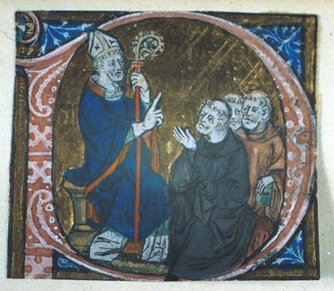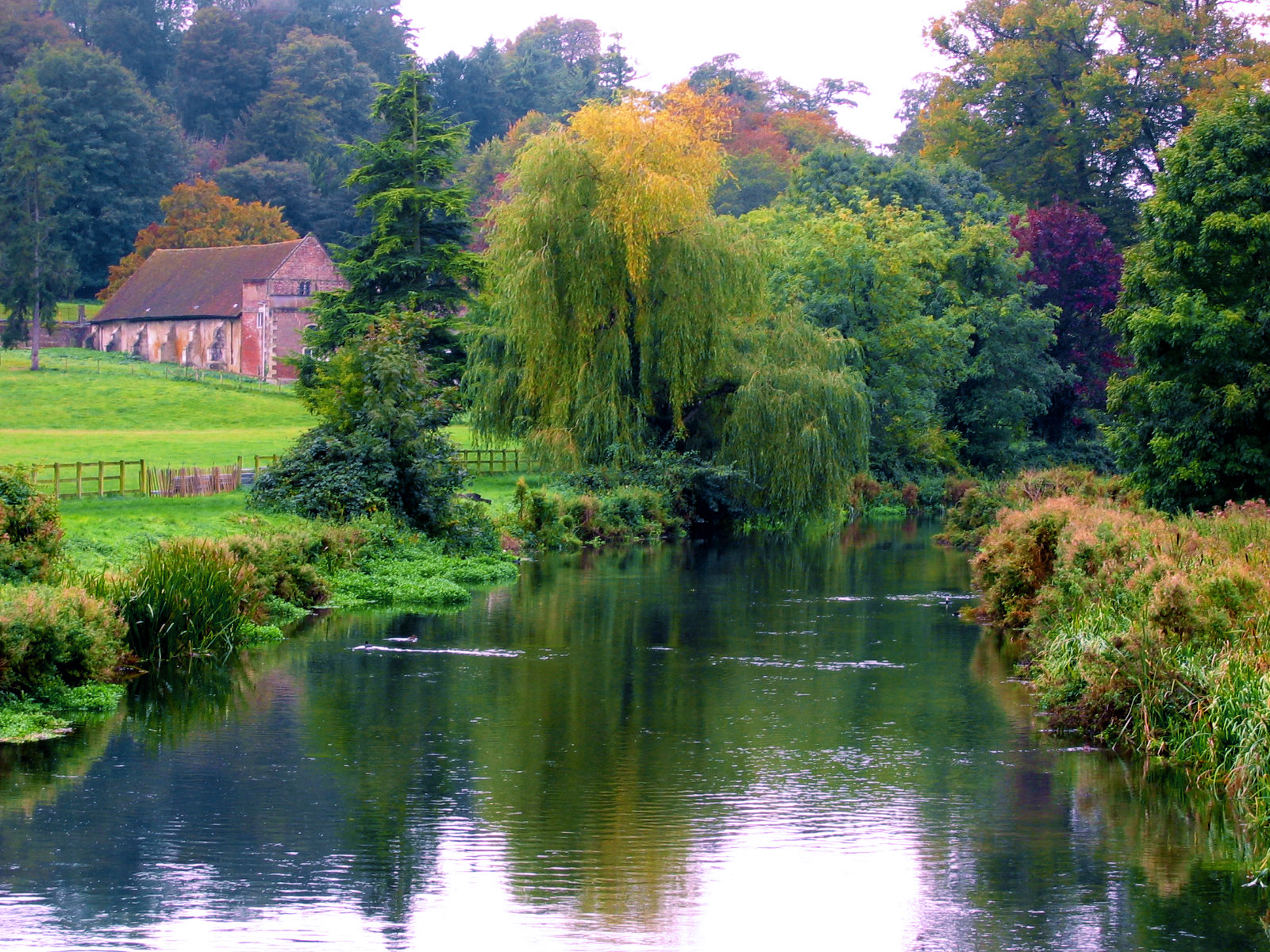|
Æthelburh (other)
Æthelburh may refer to any of the following Anglo-Saxon women: * Saint Æthelburh of Barking (died after 686/688), abbess of Barking * Saint Æthelburh of Faremoutiers (died 664), princess and abbess * Saint Æthelburh of Kent Æthelburh of Kent (born c. 601, sometimes spelled ''Æthelburg'', ''Ethelburga, Æthelburga''; , also known as ''Tate or Tata),'' Stowe 944: ' was an early Anglo-Saxon queen consort of Northumbria, the second wife of King Edwin. As she was a C ... (died 647), queen consort of Northumbria * Saint Æthelburh of Wilton (died 810), abbess of Wilton {{given name, cat=English feminine given names Feminine given names ... [...More Info...] [...Related Items...] OR: [Wikipedia] [Google] [Baidu] |
Æthelburh Of Barking
Saint Æthelburh (died after 686) or Ethelburga, founder and first Abbess of the double monastery of Barking, was the sister of Earconwald (also spelled "Erkenwald"), Bishop of London. Life The main source for Æthelburh is Bede's ''Historia ecclesiastica gentis Anglorum'' which recounts the foundation of Barking, early miracles there, and Æthelburh's death (Book IV, Chapters 6 to 10). Bede describes Æthelburg as "upright in life and constantly planning for the needs of her community". Some time before he became bishop of London in 675, Earconwold founded a double monastery at Barking for his sister, and a monastery at Chertsey for himself. Barking appears to have already been established by the time of the plague in 664. A charter, believed genuine and drafted by Bishop Eorcenwald in the reign of King Sebbi of Essex (reigned –c. 694), records a grant of lands in Essex by a certain Æthelred to Æthelburh and Barking. This is dated to between 686 and 688. The 9th c ... [...More Info...] [...Related Items...] OR: [Wikipedia] [Google] [Baidu] |
Æthelburh Of Faremoutiers
Æthelburh (died 7 July 664), known as Ethelburga, was an Anglo-Saxon princess, abbess and saint. Background Æthelburh was one of the daughters of King Anna of East Anglia although she was probably illegitimate. Her sisters were Withburga, Saethryth, who was abbess of Faremoutiers Abbey in Brie, Seaxburh and Æthelthryth who were abbesses of Ely. Æthelburh and Saethryth were sent to the nunnery of Faremoutiers in France for their education. While there Saethryth became a nun and eventually succeeded Æthelburh as abbess. As abbess, Saethryth began work on a church in honour of the twelve apostles In Christian theology and ecclesiology, the apostles, particularly the Twelve Apostles (also known as the Twelve Disciples or simply the Twelve), were the primary disciples of Jesus according to the New Testament. During the life and minist ... which was left unfinished at her death in 664. At her request she was buried in the church. After seven years a decision w ... [...More Info...] [...Related Items...] OR: [Wikipedia] [Google] [Baidu] |
Æthelburh Of Kent
Æthelburh of Kent (born c. 601, sometimes spelled ''Æthelburg'', ''Ethelburga, Æthelburga''; , also known as ''Tate or Tata),'' Stowe 944: ' was an early Anglo-Saxon queen consort of Northumbria, the second wife of King Edwin. As she was a Christian from Kent, their marriage triggered the initial phase of the conversion of the pagan north of England to Christianity. Early life and marriage Æthelburh was born in the early 7th century, as the daughter of King Æthelberht of Kent (sometimes spelled Aethelberht) and his queen Bertha, and sister of Eadbald. In 625, she married Edwin of Northumbria as his second wife. A condition of their marriage was Edwin's conversion to Christianity and the acceptance of Paulinus's mission to convert the Northumbrians. Stowe 944: ' Æthelburh's children with Edwin were: Eanflæd, Ethelhun, Wuscfrea and Edwen. Her daughter Eanflæd grew up under the protection of her uncle, King Eadbald of Kent. Bede, ''Ecclesiastical History'' (2.20) ... [...More Info...] [...Related Items...] OR: [Wikipedia] [Google] [Baidu] |
Æthelburh Of Wilton
Wilton Abbey was a Benedictine convent in Wiltshire, England, three miles west of Salisbury, probably on the site now occupied by Wilton House. It was active from the early tenth century until 1539. History Foundation Wilton Abbey is first recorded in the 930s, but a 15th-century poem dates its foundation to the late 8th century by Weohstan, ealdorman of Wiltshire, and his widow Alburga is said to have been its abbess. This claim has been accepted by some historians, but it is rejected by the ecclesiastical historian, Sarah Foot, who describes it as a new foundation in the tenth century. The story is also dismissed by the historian Elizabeth Crittall. Alburga (or Æthelburh) is said to have been the half-sister of King Ecgberht of Wessex, but she is not mentioned in biographies of Ecgberht. Anglo Saxon era The community was to number 26 nuns. It was attached to St Mary's Church. Two daughters of king Edward the Elder and Ælfflæd, Eadflæd and Æthelhild, probably joine ... [...More Info...] [...Related Items...] OR: [Wikipedia] [Google] [Baidu] |

